In addition to reports from the Russian press agency Sputnik who cited confidential sources on the authorization for entry into Bulgarian airspace by the Russian transport aircraft (an Antonov An-124 Ruslan) carrying the second element of the Pantsir system on board, was the Serbian president Vucic himself commenting on these developments in a speech on television.
The next day, the Serbian defense minister confirmed the news by adding, in a statement that “Serbia has strengthened its defensive and deterrent capabilities”. The contract for the purchase of the Pantsir-S1 was signed on 24 October and made Russian official by Alexander Mikheyev, president of Rosoboronexport, in early November.
The Pantsir-S1 is a Ciws system (Close-In Weapons System), or for point defense, first presented in Moscow in 1995. Known in the West as SA-22 “Greyhound” and sold to Algeria, Brazil, Iran, Iraq, Jordan, Libya, Oman, Saudi Arabia, Slovenia, Syria and Vietnam it was developed to replace the 2K22 Tunguska system and entered service for the first time in Russia in 2003.
The Pantsir was designed to protect civilian and military targets, ground forces and to strengthen air defense units responsible for protecting military installations troops against precision attacks by low and very low altitude guided systems. A battery is composed, as already mentioned, of six launchers and one charging vehicle for every two launchers.
Despite formally seeking membership of the European Union, but not of NATO, Belgrade has always maintained close political and economic ties with Moscow. Rather than countering the threat of NATO, it has given Russia a privileged “observation post” on the continent: the Balkans, moreover, are still at the center of international geopolitical interests since Beijing moved in that area and in those contiguous within the framework of the New Silk Road.
From Piraeus, the port city in Greece, now considered a firm basis for Chinese commercial penetration in Europe, the trade routes inevitably pass through the Balkans and neighboring countries, including Italy, which has long been in the sights of China with its ports and infrastructure (Trieste and Vado Ligure).
Serbia, which is aware of its strategic importance, must remain independent and disconnected from NATO and necessarily look towards Russia while at the same time increasing the budget funds for defense. Spending has steadily increased since 2016 and Belgrade spent $906 million last year, or 28,7 percent more than the previous year, according to the International Institute of Strategic Studies.
This sum, which is quite large for the Serbian economy, for the most part was invested in Russian armaments: in addition to the Pantsir, five Mi-17V-5 helicopters, four Mi combat helicopters have been purchased in the last three years. Last year the country received 30 armored fighting vehicles as well as 30 other T-72 tanks as well as six Mig-29s that were donated by Moscow.
On January 21, President Vucic, speaking at the World Economic Forum in Davos, said that Serbia buys armaments because it does not want to be “easy prey”. The Serbian leader thus replied to reporters “there have been comments on Serbia’s account, and the biggest one has been that we are arming ourselves and buying weapons from Russia. My response has been quite strong and convincing. I said that we only buy defense weapons and not offensive means, and nowhere near as much as everyone else buying offensive means”.
But any state that invests in Russian armaments immediately ends up on the black list of the US State Department. Belgrade, in fact, has already been advised by Washington that it could end up facing Caatsa (Countering America’s Adversaries Through Sanctions Act). The American measure came into force in 2017, imposing sanctions on anyone who does business with Russia (but also with Iran and North Korea).
On last November 8, Thomas Zarzecki, an envoy of the US State Department at the helm of Task Force 231 which is in charge of applying sanctions to the Defense sector of Russia and to all the countries that cooperate with it, was in Serbia just to warn representatives of the Belgrade government of the possibility that the country may fall under a sanctioning regime.
The biggest problem for Americans has always been that of the S-400, considered potentially dangerous for NATO security, and it is highly probable that on that occasion it was discussed and the decision was taken not to apply Caatsa if Belgrade renounces the system.
The special representative for the Balkans of the White House, Matthew Palmer, had advised Belgrade that in case of purchase of the S-400s, Serbia would have met with US sanctions as defined by Caatsa.




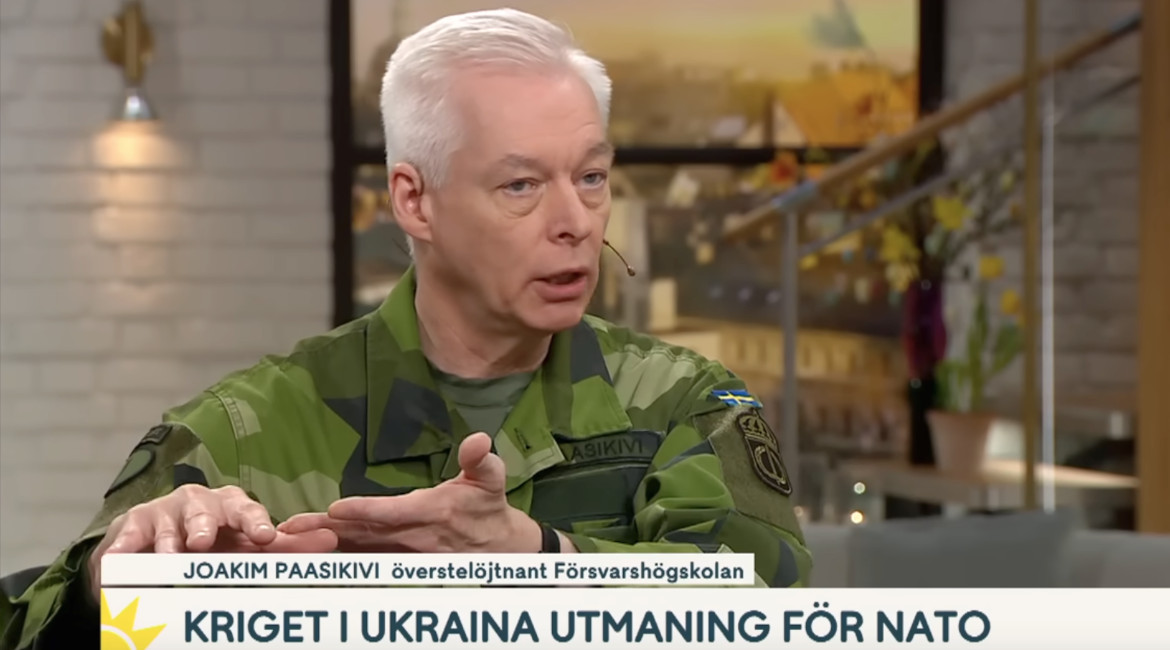

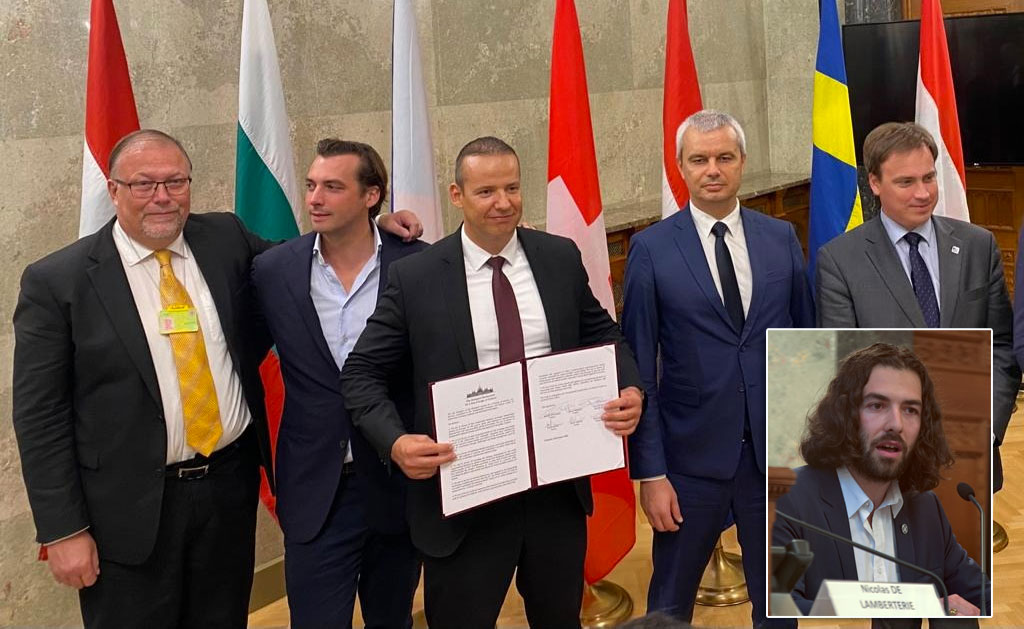

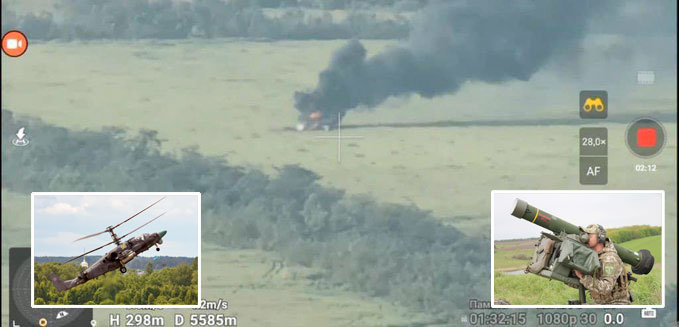

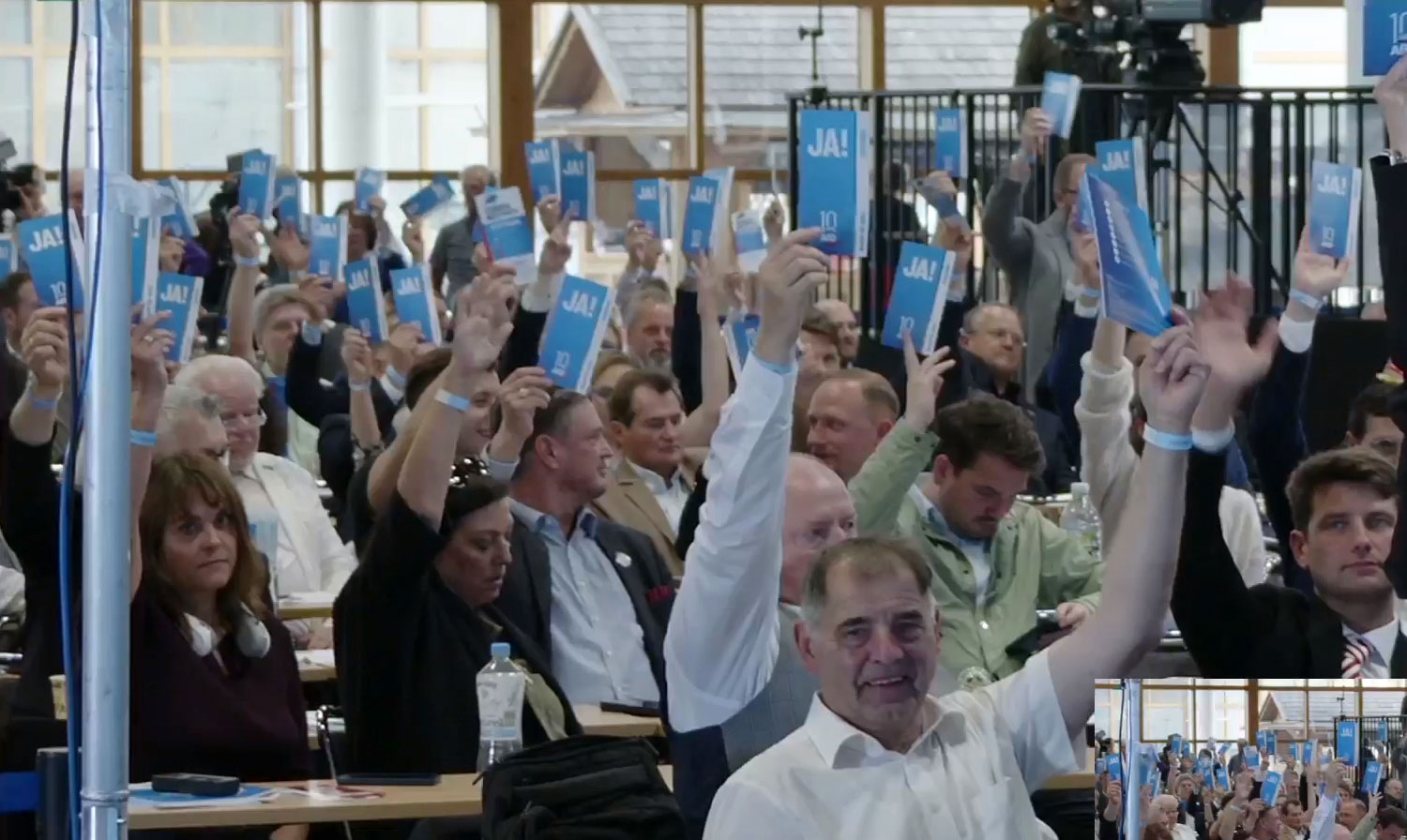
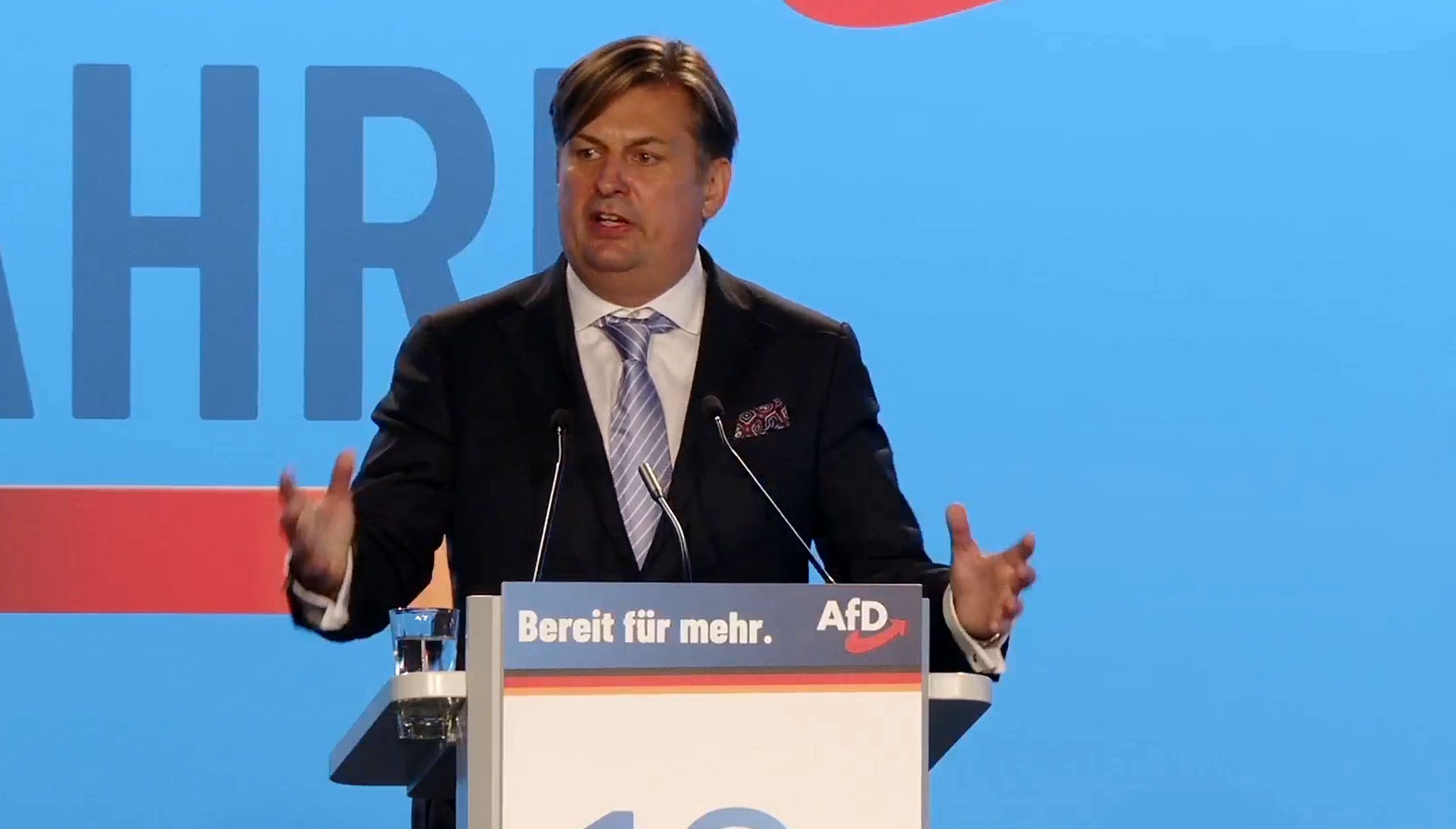

No comments.
By submitting a comment you grant Free West Media a perpetual license to reproduce your words and name/web site in attribution. Inappropriate and irrelevant comments will be removed at an admin’s discretion. Your email is used for verification purposes only, it will never be shared.